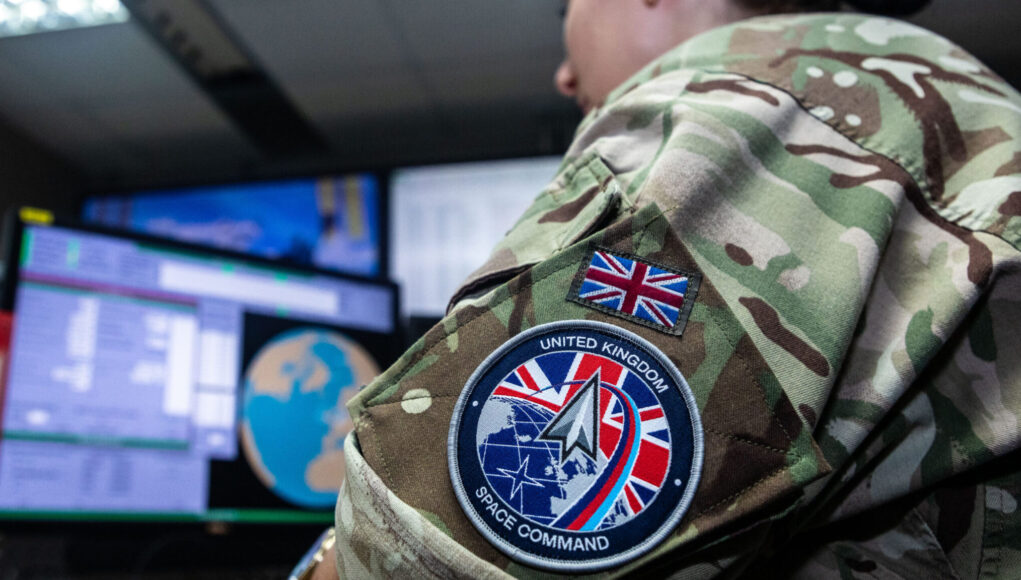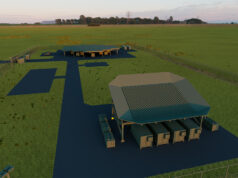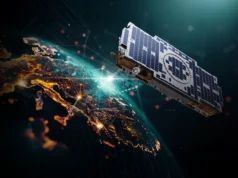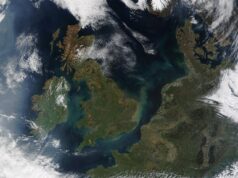The UK is investing in new sensor technology designed to detect and counter laser threats to satellites, protecting assets vital to the economy, national security, and military operations.
According to a Ministry of Defence press release, the project will develop systems capable of identifying and characterising lasers from space or ground-based sources that could be used to track, dazzle, or disrupt satellites.
The initiative is being led jointly by UK Space Command and the UK Space Agency, with around £500,000 in funding under the UKSA’s Unlocking Space for Government programme.
Lasers pose multiple risks to orbital infrastructure, including the ability to blind sensors, interfere with communications, or gather targeting data. The MoD stated that the new sensors will give operators the ability to determine whether a laser poses a threat, providing vital intelligence to defend UK and allied space systems.
Nearly a fifth of the UK’s GDP depends on satellite services that underpin communication networks, financial transactions, weather forecasting, navigation, and emergency coordination. They also play a central role in defence, enabling intelligence gathering, surveillance, and secure command and control.
Minister for Defence Readiness and Industry, Luke Pollard MP, said:
“Space is a hugely important and contested frontline and satellites play a vital role in UK prosperity and security. They are crucial to our everyday lives and provide a critical capability for our Armed Forces. It is essential they are protected.”
Pollard added that the investment “shows our commitment to defend British assets in orbit – which protect us on the ground, in the air and at sea. This supports our national security, delivering on the Government’s Plan for Change.”
Major General Paul Tedman, Commander of UK Space Command, said:
“The Strategic Defence Review raised space to parity with the traditional warfighting domains and underscored the critical importance of space to our economy, prosperity and national security and defence.”
He noted that as adversaries deploy increasingly sophisticated counterspace systems, the UK must “invest in new and innovative edge technology” to protect its satellites and maintain operational advantage.
Harshbir Sangha, Director of Missions and Capabilities at the UK Space Agency, said:
“Protecting the UK’s satellite infrastructure is vital to our national security, economy and daily life. This joint project with UK Space Command marks an important step in developing the tools we need to detect and respond to emerging threats in space.”
The investment follows the Strategic Defence Review, which identified space as a key warfighting domain and highlighted the need to safeguard space-based infrastructure.












I read this same report recently.
Space assets are vital, and it is right we spend money here as the UK is sadly lacking compared to many, having relied on the USA for so much space domain capability for so long, bar Skynet.
Pollard talks about defending satellites, but how do they actually defend them?
Does ground control make a sudden change in the satellites orbit?
Is all this is doing warning us of the weapons that will negate the asset with no means to counter? If so, that isn’t defending them is it?
Example, in the Cold War Russia was thought to be using dazzlers or lasers against US Satellites from their site at Semipaletinsk, deep within the USSR.
Just how does Pollard propose the UK counter that, thousands
of miles within Russia. ( Now Kazakstan I think? )
Is this a politician banding about the defence keep us safe nonsense again when all it is doing is warning us of the weapons incoming that will kill us? ( A USN officer is reported to have made such a remark regards the RN…..great ISTAR, hopeless to do much offensively about it.)
If we moved all the Satalites to a Geostationary orbit above Cumbria, they should be safe from any Lasers.
Thick Grey Cloud and Misty Rain 24/7 365 guranteed.
See, I’m not as stupid as many think I am.
Shit riding conditions too.
The other side of not being able to do anything about it is developing the capabilities to smash the other sides satellite/space based systems.. defence is fine, but offensive is better.. you win a war by inflicting more pain than the enemy is willing to take..
Time, unfortunately, for a proper new UK military space service: ROYAL SPACE FORCE (RSF) that can do defence things and fighty things in space.
This is where I find the US’s context of space based AEW rather puzzling. In an ideal and peaceful world it would seem like a good plan. However, the paths and positions of these satellites will be too well known. Therefore, can be easily targeted. For example a ground based laser won’t need to destroy the satellite, just put a few holes in the solar panel to degrade its power generation. Meaning it either can’t transmit at full power or transmit at all!
I am presuming when they are talking about defending the satellite. They are considering expending propellent that is used to keep the satellite on station, by moving it to a new location. Which I guess is fine, if there’s another satellite/object moving towards them. But against a laser, I’m not sure what they could do. I guess the best answer, though not the cheapest. Is to have the capability to quickly replace satellites with cheap CubeSats, but that would would also require a sovereign means of launching them.
Can we not just fit a big mirror and deflect it towards the nearest Russian satellite
Where are the Thunderbirds when you need them?!
Can you be serious please ?
Can you make stealth satellites? Or have hundreds of micro-satellites instead of a handful of larger ones? Or have decoy satellites?
You cannot have any stealth in space. In the earth’s atmosphere you have the atmosphere to absorb light and heat. In space there is none of that, even a tiny little battery powered satellite with no more than a couple Watts going through it will still show up on the most basic of imaging systems.
£ 500,000 of funding ? As much as that ? Gosh.